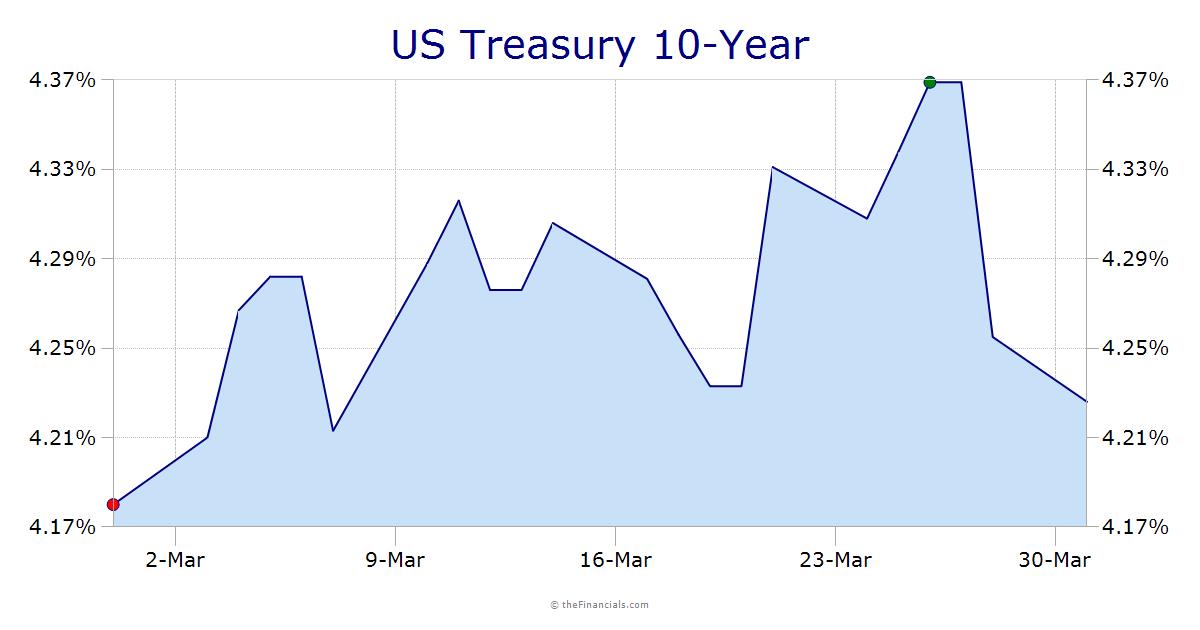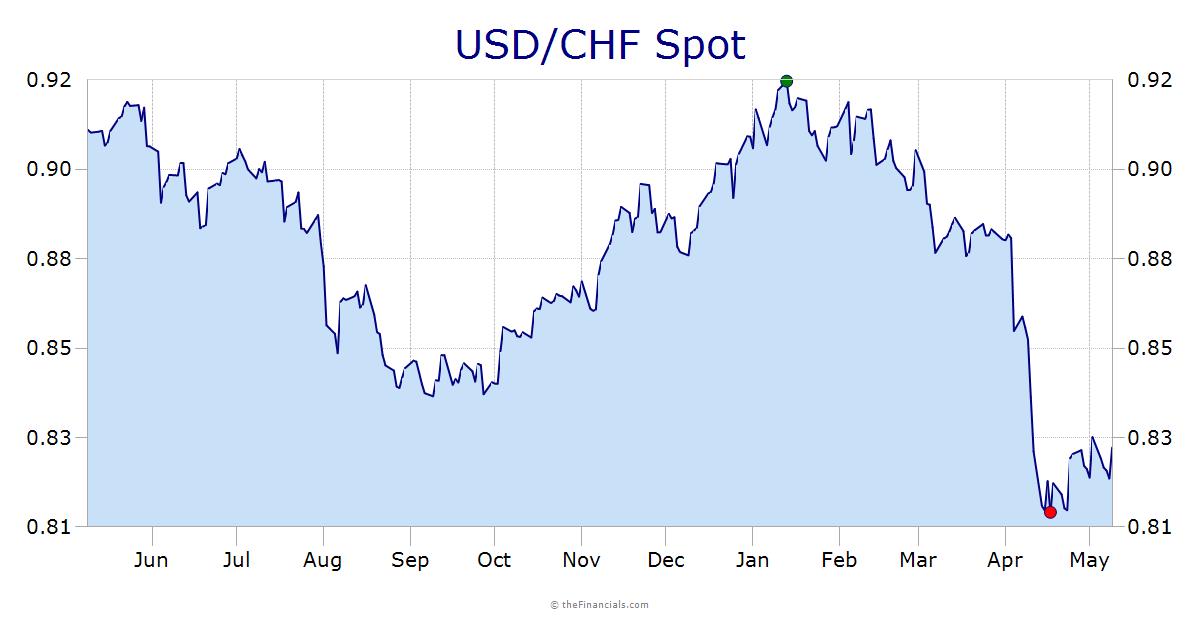CFA Level 1 - Alternative Investments
- Illiquid - No easy or short-term path to get out of the investment. An investor will most likely have to wait until the company is able to attract a buy-out or issue an IPO. A liquidity risk premium is a characteristic of the initial investment.
- Long-term commitment required - Given the nature of the investment and the process of developing a viable business, VC investors must make a long-term commitment - at least three to five years; however, the profit potential is huge. This is mostly due to the time lag between starting a company and bringing it to a buy-out or IPO.
- Difficulty determining market values - Since these assets do not trade in an active marketplace it's difficult to determine an objective value for the business and the investment.
- Limited historical risk and return data - This is due to the fact that there are no active trading markets.
- Entrepreneurial/management mismatches - Brilliant entrepreneurs don't always make the best business executives. Management styles that may have worked perfectly during a business's early stages may be disastrous as the company grows larger.
- Fund manager incentive mismatches - Managers may be rewarded for the size of their fund, not its performance.
- Lack of knowledge of the competitors - Because some entrepreneurs are developing new businesses, there is generally little information as to who else is working in their space. As such, competitive valuations are difficult to find in the marketplace.
- Vintage cycles - The volume of business start-ups is dependent on the economic climate - some years offer more and better opportunities than others. It all depends on the market and who and when firms are entering and exiting the marketplace.
- Extensive operations analysis and advice may be required - Most often, the start-up's founder and early manager has a specific type of business experience - say, financial expertise - but may lack operational or marketing experience.
Calculating the net present value of a venture capital project
Let's illustrate this with an example:
An investor can invest $2 million in a new project that will last five years and will pay $18 million. His cost of equity for this project is 14%. He also knows that the project could fail at any time and has given the following percentages for the failure rate as follows:
Year 1: 35%
Year 2: 30%
Year 3: 25%
Year 4: 20%
Year 5: 20%
Answer
1) The first step is to determine the probability that the project will work. This equals (1-.35)(1-.30)(1-.25)(1-.20)(1-.20)= .65*.70*.75*.80*.80=. 22 or a 22% chance of failure.
Now if the project failures the NPV =-$2,000,000 (the amount invested in the project); however, if it works out the NPV of the project if it survives five years = 18,000,000/1.14 to thefifth power = $9,255,000.
So the expected NPV = (.22 * 9,255,000)+(.78 * -2,000,000)=2,036,100 - 1,560,000 = 476,100.
Based on these calculations, an investor would take this investment because of the positive expected NPV.














1 comments:
Two Comments:
I recently did a two-part series on my blog about "Reverse Engineering NPV", essentially calculating the cash flow requirements required to support the investment at that rate of return. The example above could be worked into that format assuming a tax depreciation protocol was known or assumed.
Second, many NPV examples do not discuss the probability of failure element, and people misundertand expected cash flow as reflecting the probabalistic factors. However, we must ensure that if we model the probabilities explicitly, as in the above, then we do not also reflect them in the discount rate.
Thanks!
Post a Comment